ISTANBUL
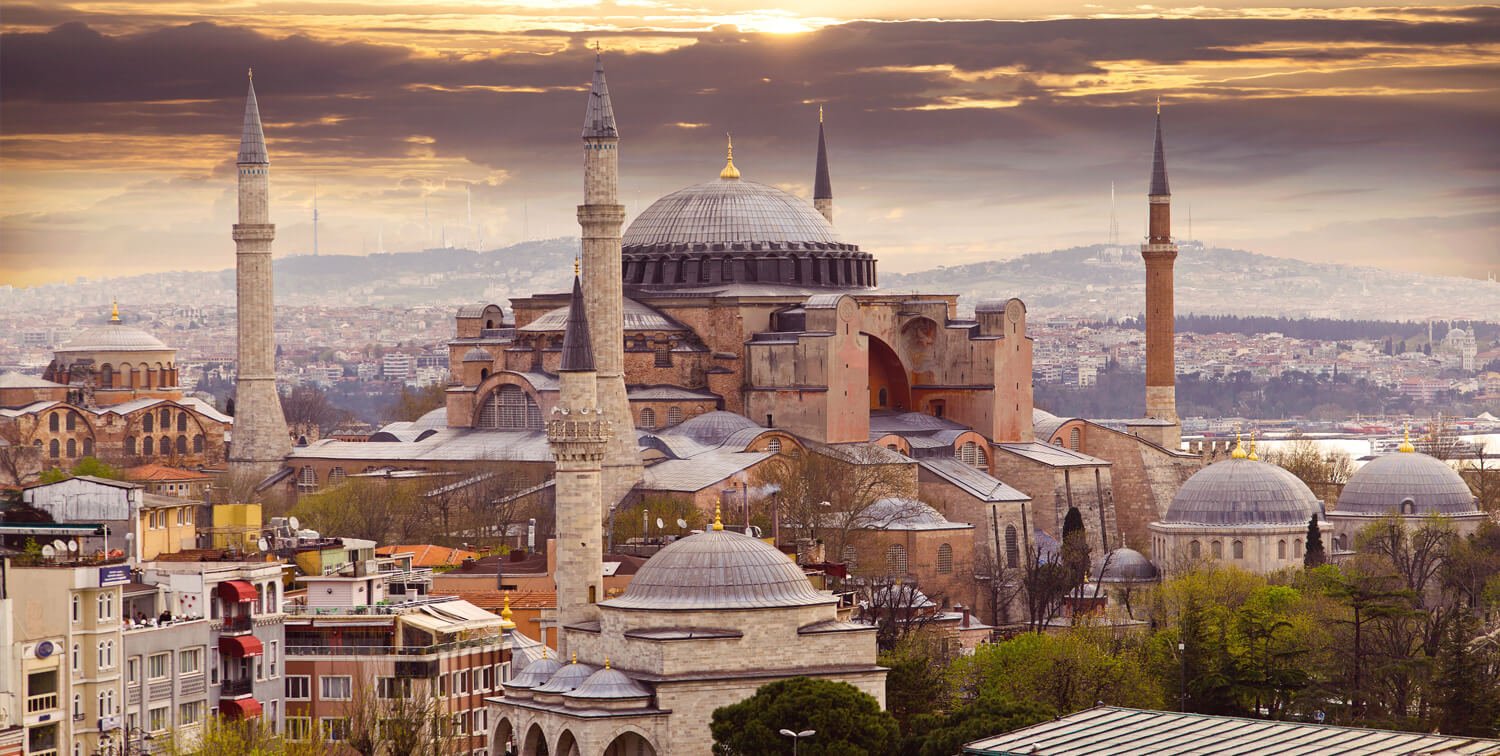

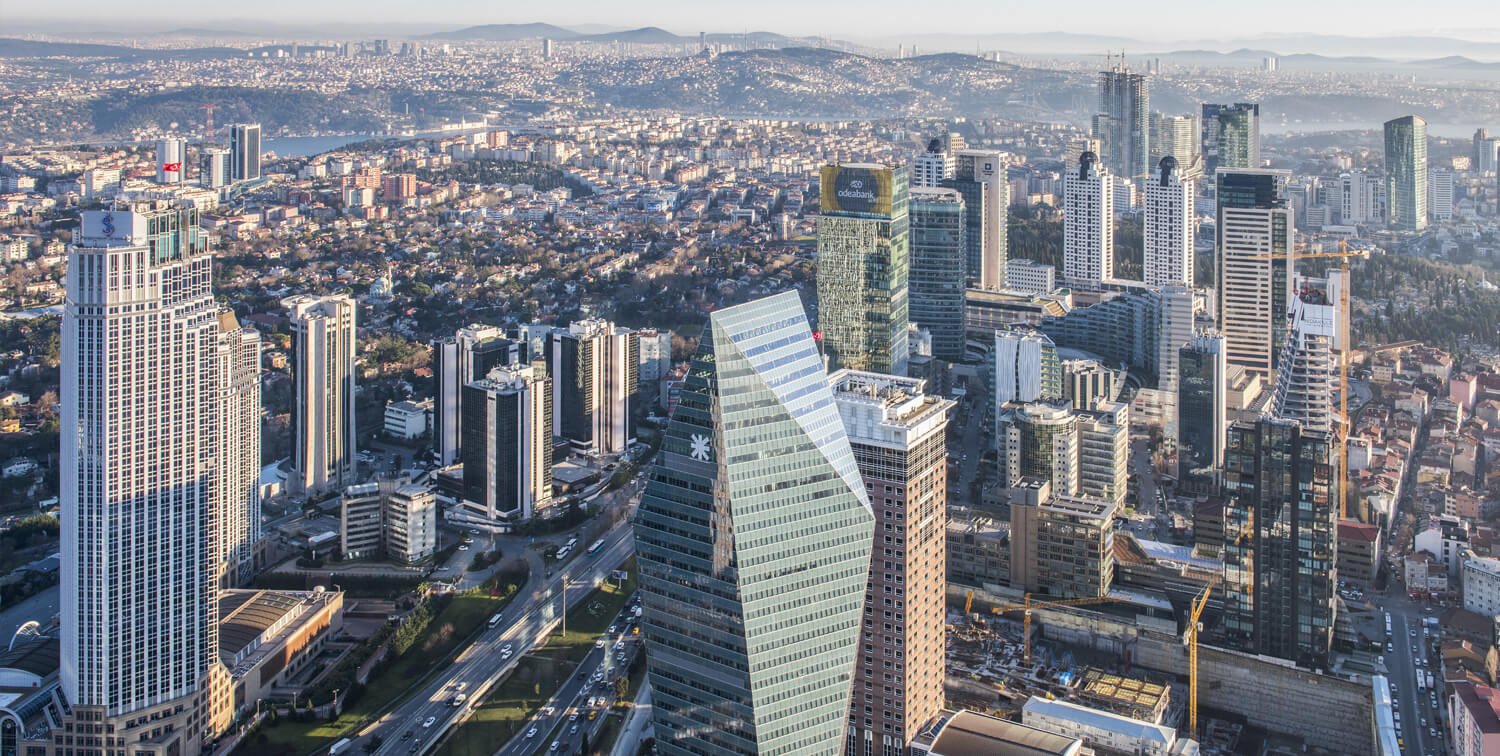
The city was called Constantinople, the capital of the Byzantine Christian world that kept the warriors of Islam at bay for several centuries from Western Europe. It eventually fell to the Ottoman Turks in 1453. The old quarter is studded with the relics of these great powers, from its Byzantine Church of Holy Wisdom (Hagia Sophia), to the splendid pavilions of the pivot of the Ottoman Empire, The Topkapi Palace.
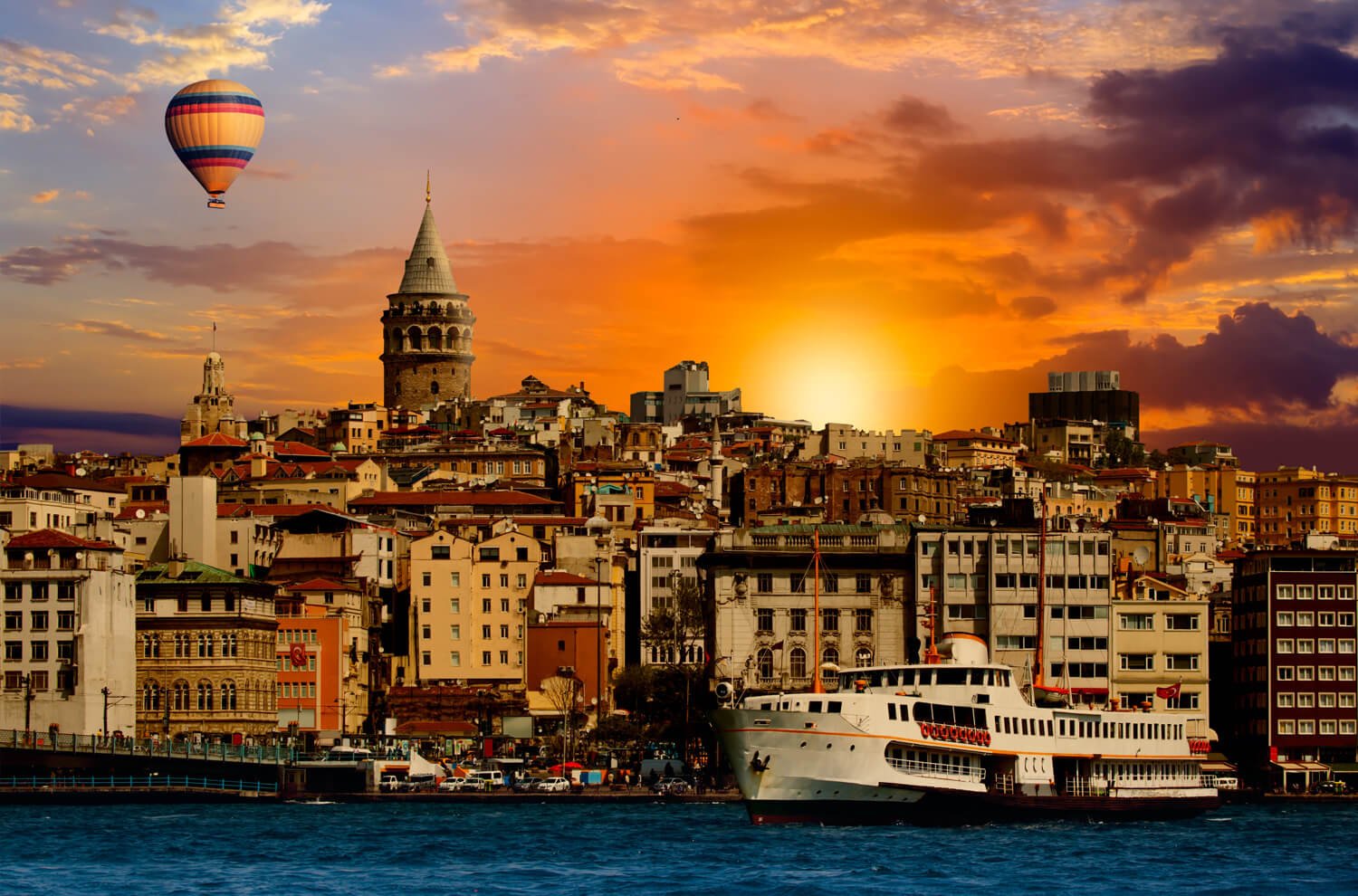
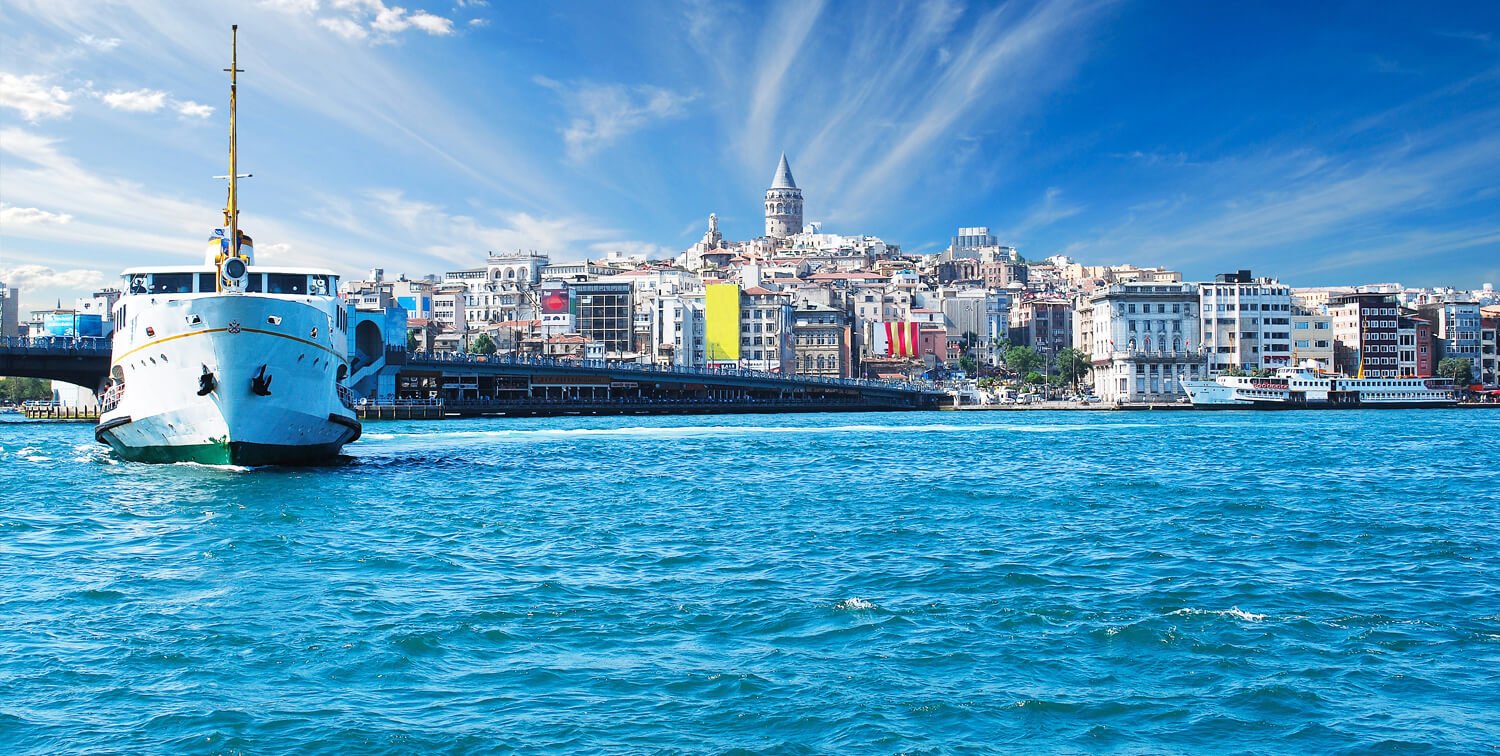

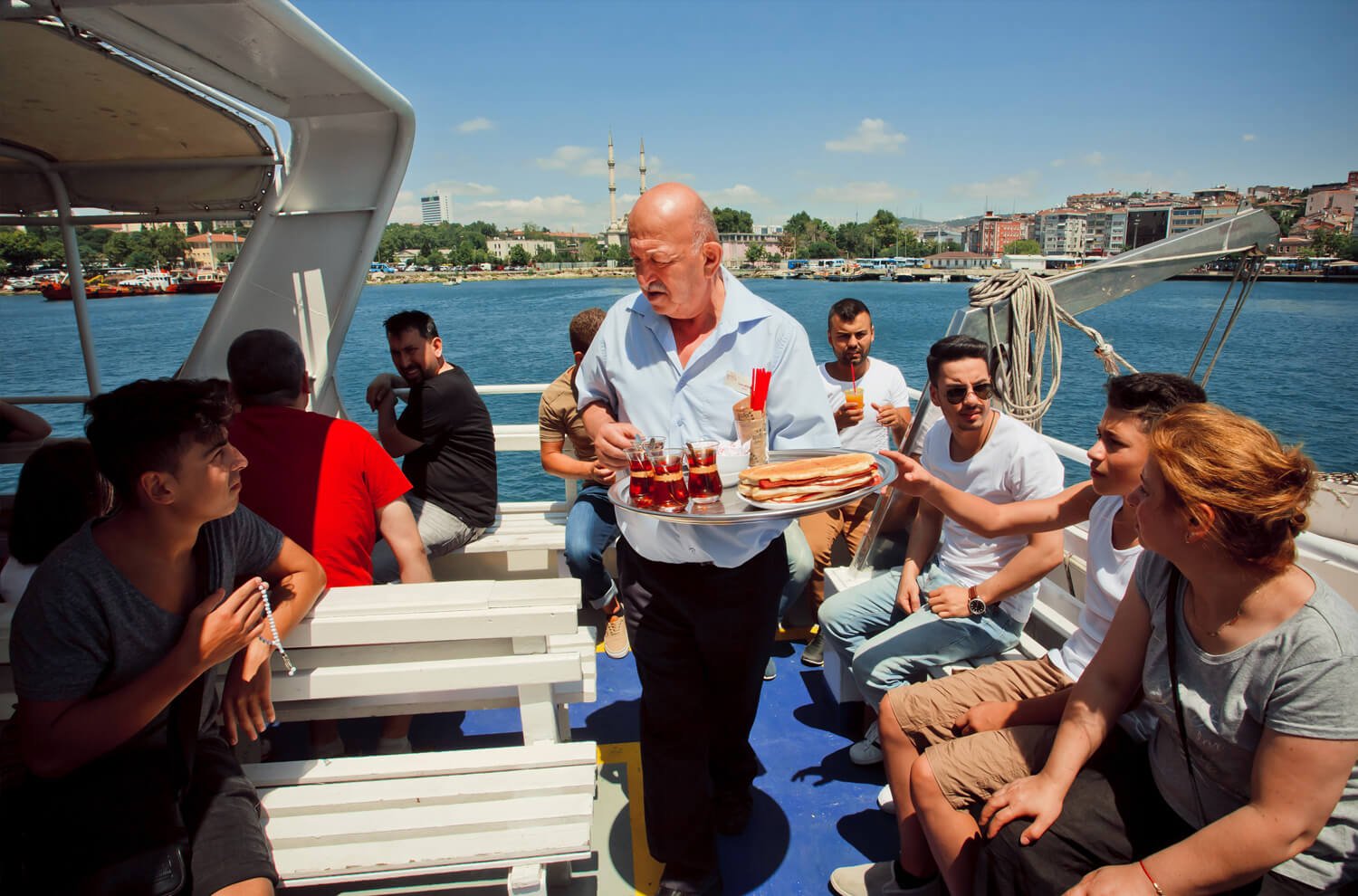
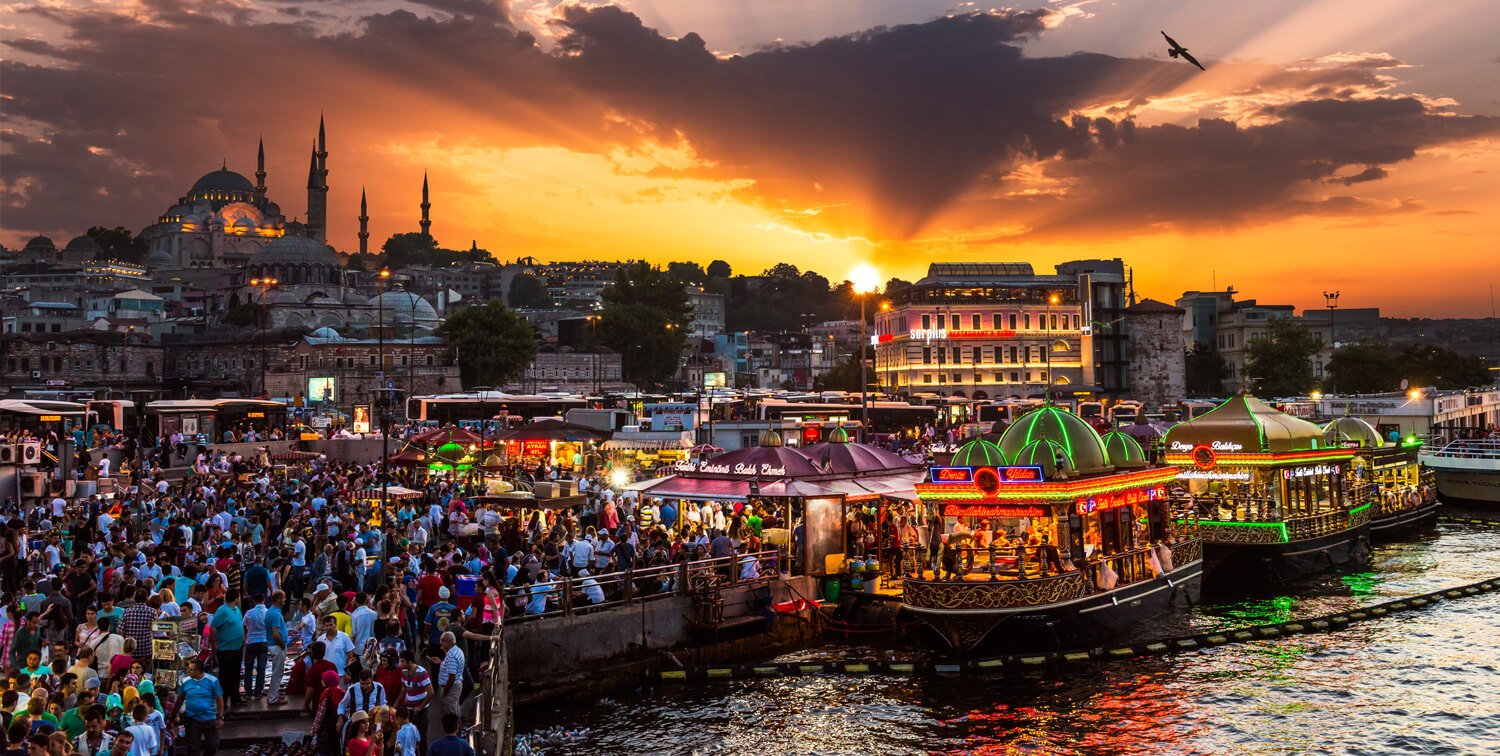
Contemporary Istanbul is equally alluring. Its vibrant night life driven by youngsters and its admirable art scene that has received international focus and acclaim, has helped Istanbul acquire the title “the city that never sleeps” and the crowning of Istanbul as the European Capital of Culture in 2010, has been a major contributor to this.
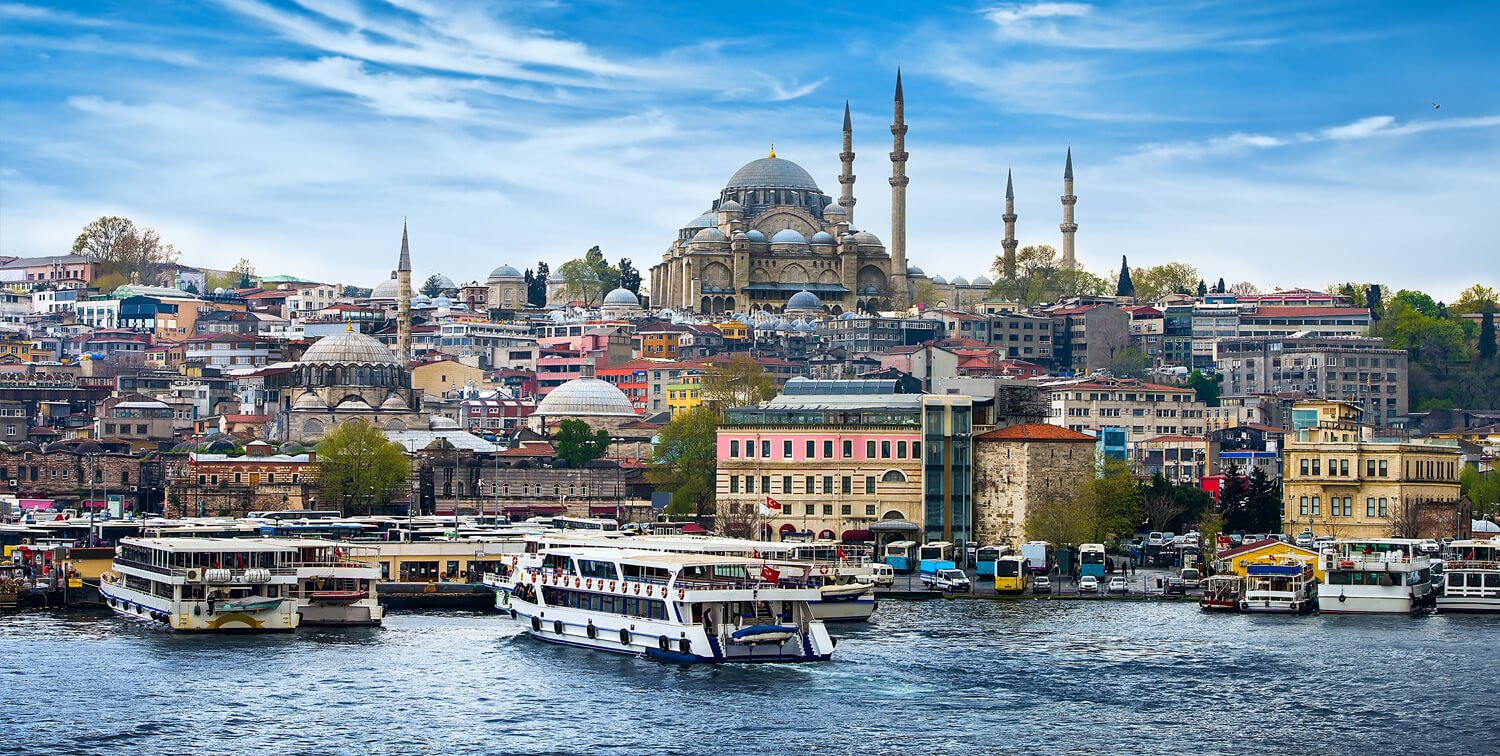
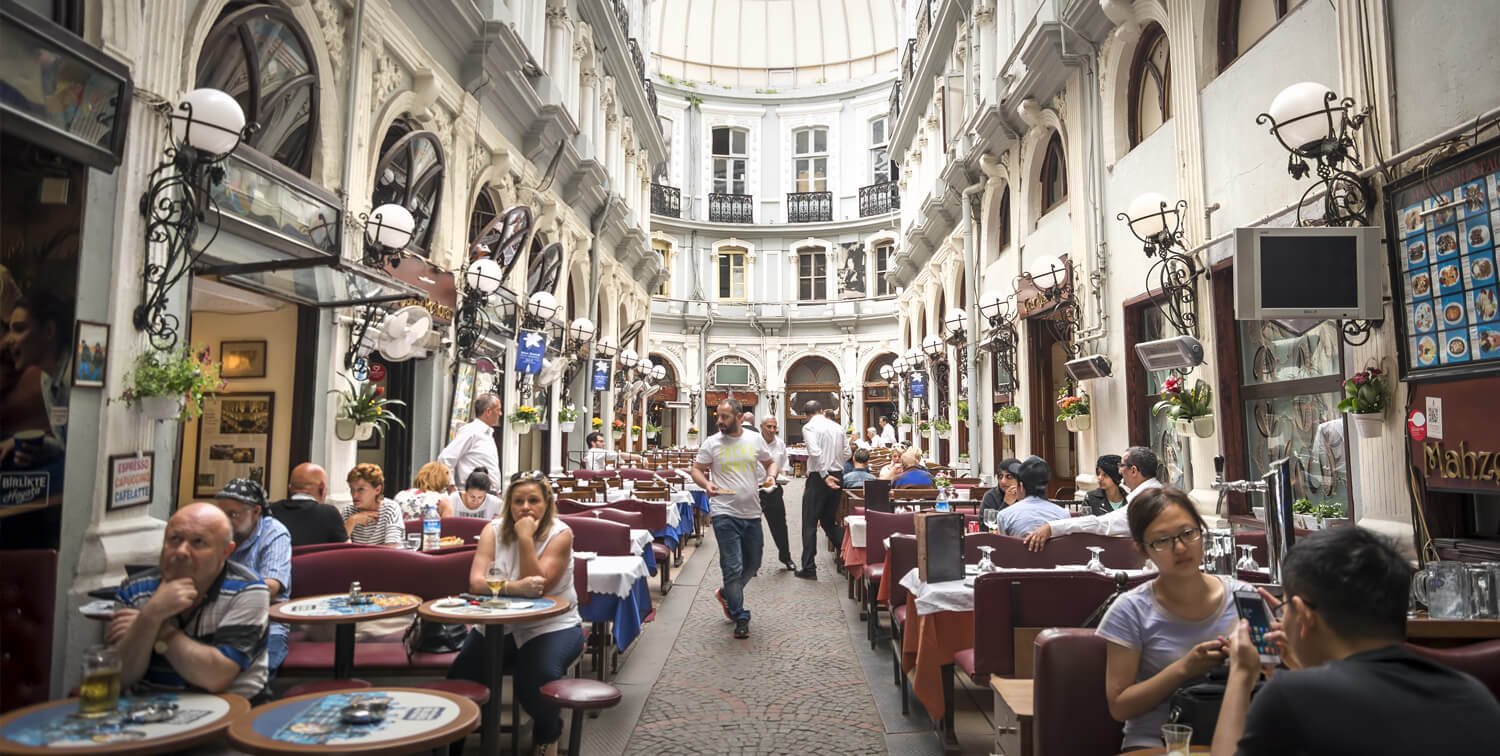
ISTANBUL DINING

There is a wide variety of restaurants in Istanbul, be it the high-end restaurants with well-trained chefs specializing in cuisines from all over the world to the traditional restaurants and bars called mehyanesto the no-frills kebab joints. Turks just love food.Mehyanes are the local bars that are loud and fun filled where mezes and alcohol flow without any restrictions.
The national alcoholic drink,raki, is made from the aniseeds and is servedmixed with a glass of chilled water. The raki is a colourless liquid, but when mixed with cold water, it becomes a white liquid that looks like milk, hence the nickname, aslansütü, (lion’s milk).
The tourist-oriented district of Sultanahmet, serves overpriced and mediocre food in its restaurants and is best avoided. You can reach Beyoğlu, which is a short tram ride north across the Golden Horn, where you will find authentic and quality food, most of it home made style, though there are high end restaurants too, but served with love and care at a moderate price.
WHEN TO VISIT ISTANBUL

HOW TO REACH ISTANBUL
Air Travel
Istanbul’s Atatürk Airport is where most of the international and domestic flights arrive, though, SabihaGökçen airport is where low-cost carriers, besides an increasing number of domestic and international flights fly, on the Asian side of the city. Turkish Airlines offer direct services from Mumbai and Delhi.
A slow metro operates directly from Atatürk Airport to the Aksarayneighbourhood from where Sultanahmet is easily accessible by tram though it is a short walk between the two lines. It is better to take the regular shuttle buses of the Havataşcompany (10 TL to Taksim) or a taxi from the main exit of the terminal building. Since there is no rail link to SabihaGökçen Airport, you would have to take aHavataş shuttle bus (13 TL to Taksim) or a taxi.
GETTING AROUND IN ISTANBUL
By Bus
The efficient bus service of Istanbul connects throughout the entire city. A route map at the terminal will help you to plan to where you are headed to. AKBIL, an electronic plastic ticket, would be useful if you plan to stay for a few days. It can be refilled at bus and metro stops and is acceptable in local buses, trams and metros, with a 10% discount on the cost. Alternatively, a standard ticket can be purchased on a public transport vehicle, starting from about 1.2 Turkish Lira.
Tram
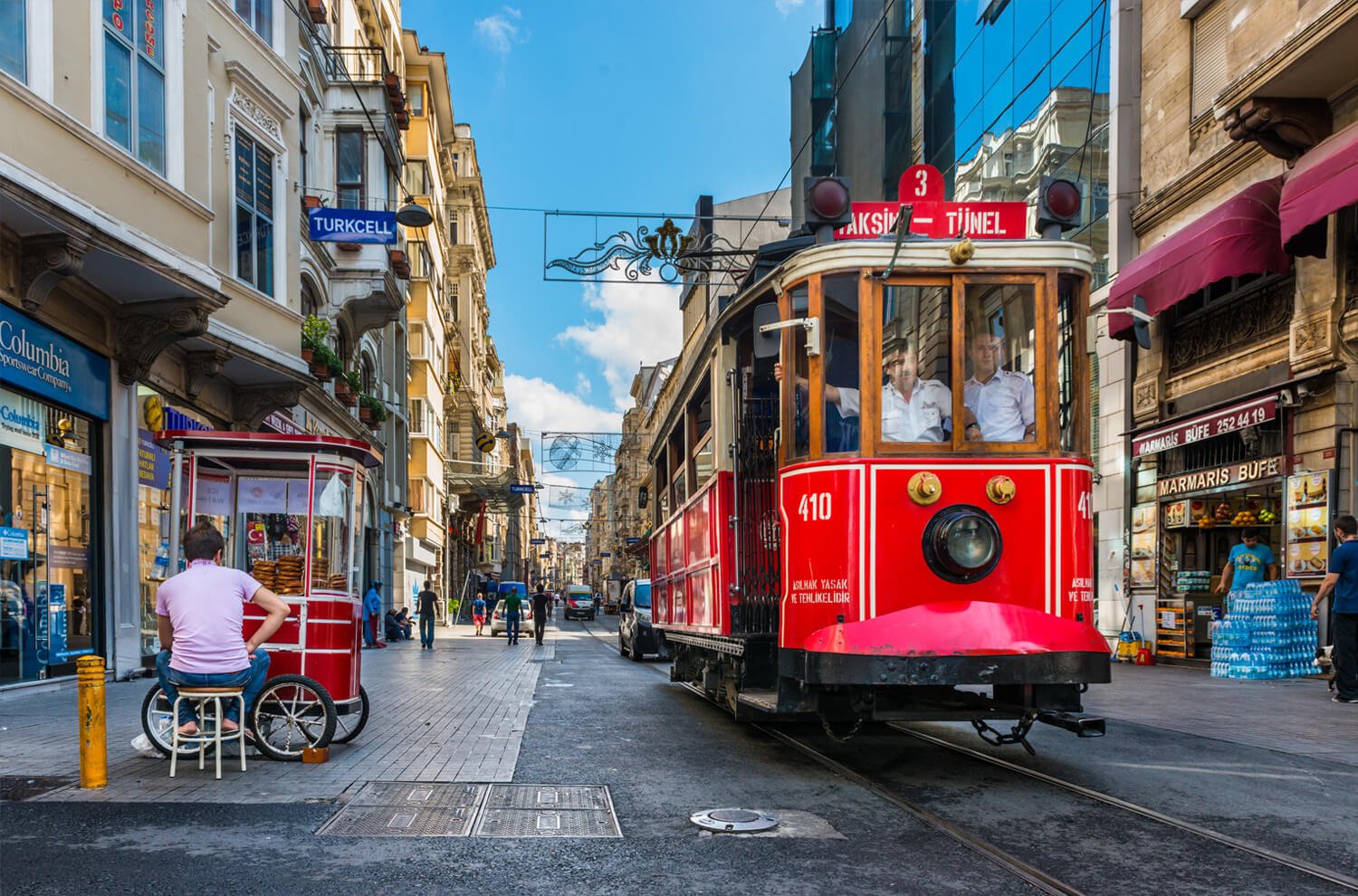
Metro
Though not covering the city extensively, the metro helps reach the airport and the central bus station through its two lines. Since the tracks are underground, it is advisable to use the metro during rush hour.
Ferry
There are many ferry departing points on both sides of the Bosphorus on the Asian and European sides and serviced almost at all times. The prices may vary with different ferry companies, and it would be prudent to always check the costs before you decide to take the ferry. Though you will get a unique perspective of this huge metropolis from the water, if time is of the essence and transportation from point to point is your only objective, then you will be much better off sticking to a bus instead.
Taxi
Istanbul has plenty of taxis that are cheap and convenient too. The usual taxi scams that are a part of a big city are always unavoidable and it is up to the tourists to keep your bearings in check. Always ensure that you are not being charged the higher night time fare during daytime. Clearly communicating your destination to the cab driver will be helpful and sometimes a handwritten note of the destination address or a visiting card would help.
PLACES OF INTEREST
Hagia Sophia (Church of the Holy Wisdom)
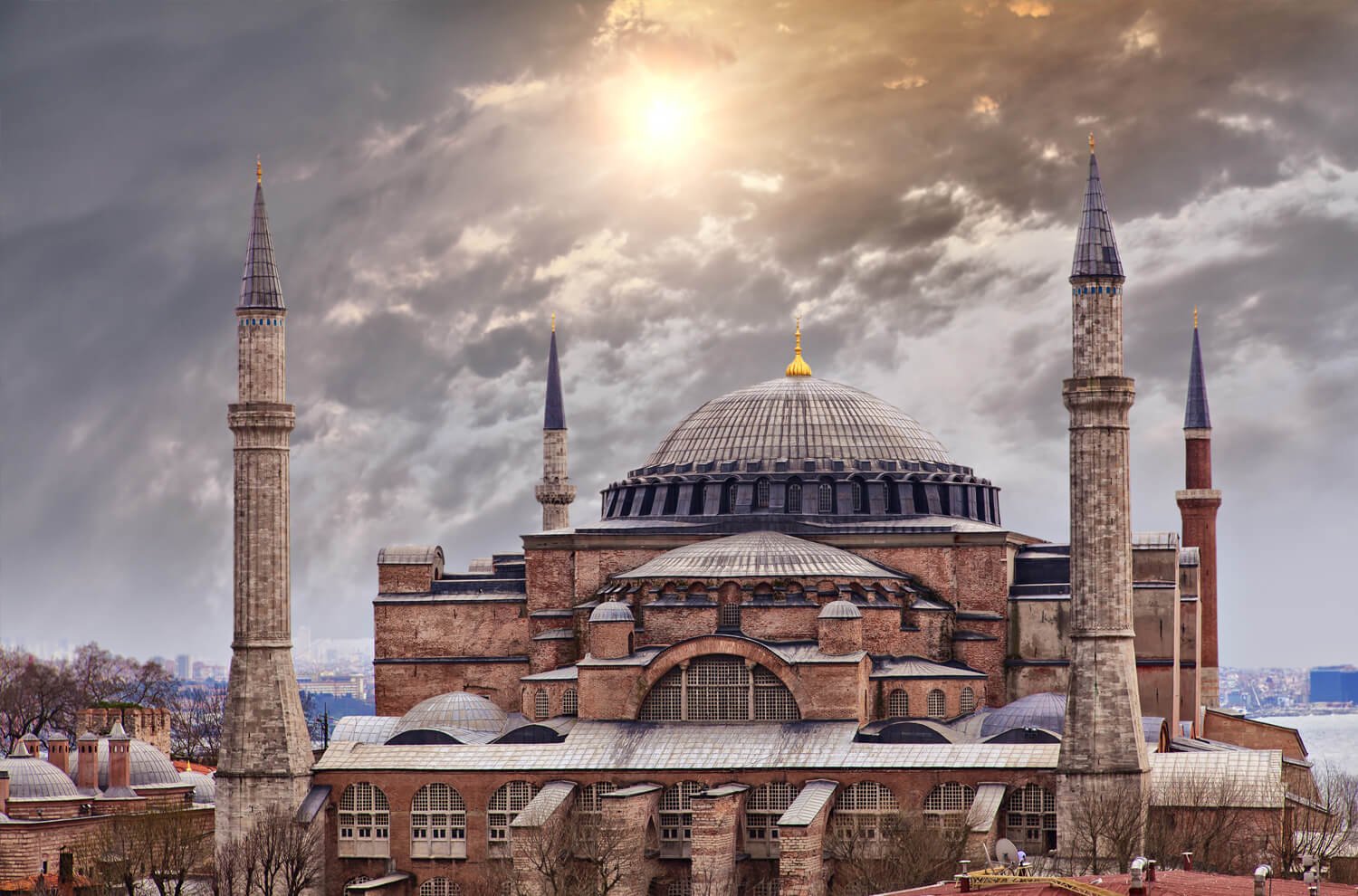
The Hagia Sophia (Church of the Holy Wisdom) is a prime example of Byzantine architecture and for centuries by gone, since its completion in 537, it was indeed the world’s largest monument dedicated to religion. Commissioned by Emperor Justinian, the imposing building is bound to have a lasting impression on the beholder, especially its dome. The half dome, which is a surprise in itself, as you do not envisage it to be so, leads into the open space with a mammoth dome, almost 18 storeys high and more than 30 meters (100 feet) across, with a spectacular show of bright light shining through 40 windows and making the gold tiles glitter, like they are set on fire.

Hagia Sophia was the heart of the city and as its cathedral, the site for royal coronations and was home to the spiritual ethos of the city. It survived several earthquakes and looting crusaders until the city fell to Mehmet the Conqueror in 1453. Even the Muslim ruler, had a great respect for the church and he sprinkled dirt on his head as a sign of obeisance before entering it. He ordered the holy place to be turned into a mosque and keeping with the Islamic tenets against image worship, the statues, images and mosaics were covered with plaster.

The four minarets, mihrab (prayer niche), minbar (pulpit for the imam) and the large black medallions with Arabic inscriptions of the names of Allah, Muahmmad and the early caliphs, were all added by successive Sultans. Kemal Atatürk, converted the mosque into a museum in 1935 and the mosaics were uncovered as a result of the restoration project.
Visitors are allowed at Hagia Sophia in the Sultanahmet neighbourhood, from 9:30 a.m. to 4:30 p.m. on Tuesdays through Sundays. Admission cost is $13 USD.
Blue Mosque

It is only after you enter the Blue Mosque do you understand why it has been named thus.Its vast interiors are covered with almost 20,000 shimmering blue-green İznik tiles that are juxtaposedalong with 260 stained-glass windows and with intricate floral patterns of calligraphic art painted exquisitely on the ceiling. In comparison to the solemn and dark interiors of the Byzantine mosaics in the Hagia Sophia, this mosque feels gloriously airy and full of light and it was indeed this favourable comparison that was the intention of architect Mehmet Ağa (a former student of the famous Ottoman architect Sinan), whose goal was to surpass Justinian’s crowning achievement , the Hagia Sophia. At the behest of Sultan Ahmet I who ruled from 1603 till 1617, that Mehmet created this masterpiece of Ottoman craftsmanship, starting in 1609 and completing it in just eight years, and many believe he indeed succeeded in outdoing the splendour of Hagia Sophia.
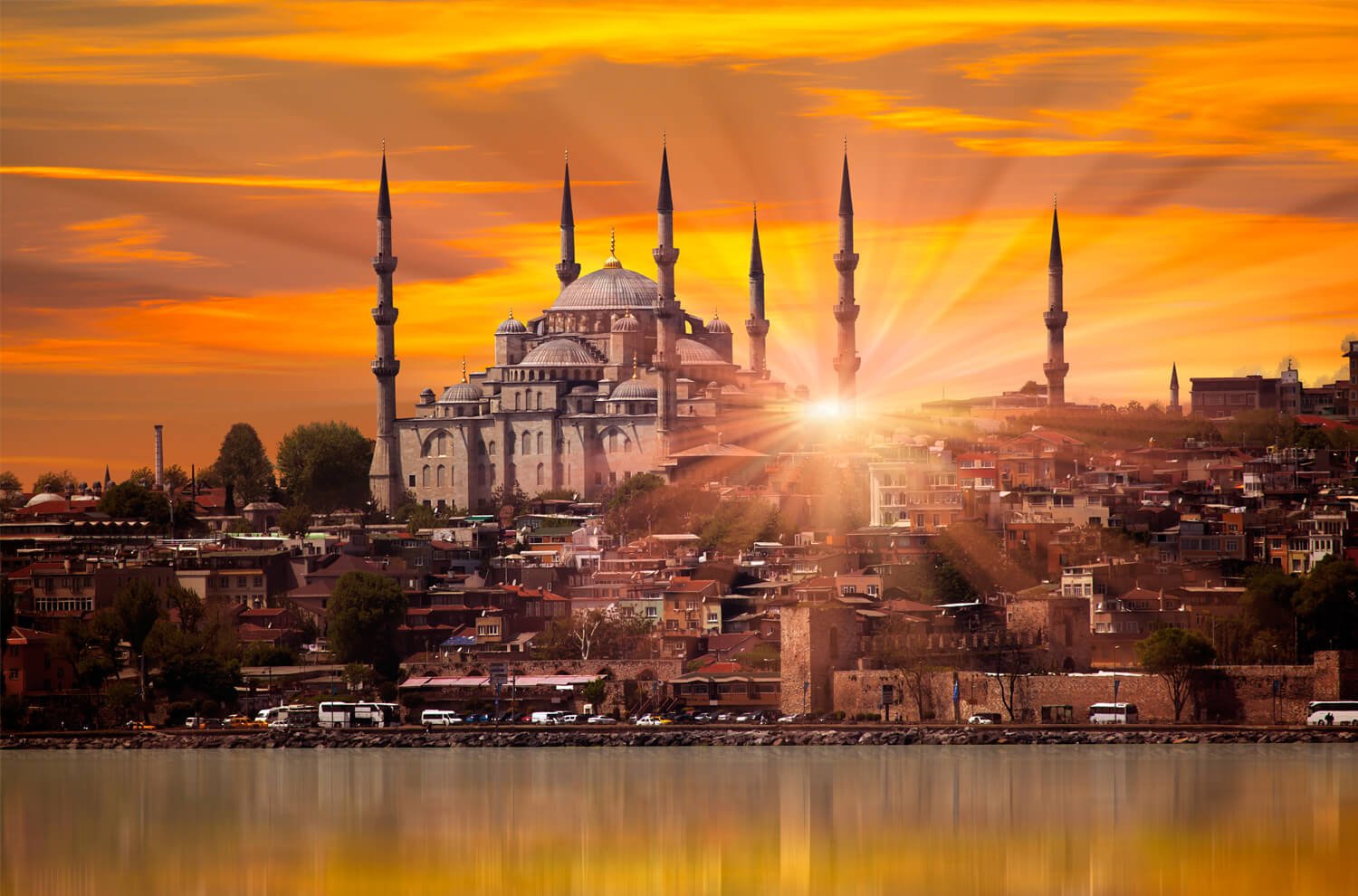
The genius of Mehmet Aga is best appreciated and understood when the Blue Mosque is seen from the outside. He created successive domes of various sizes so as to cover the massiveness of the central dome, instead of creating one central dome, so as not to surpass the great Hagia Sophia.
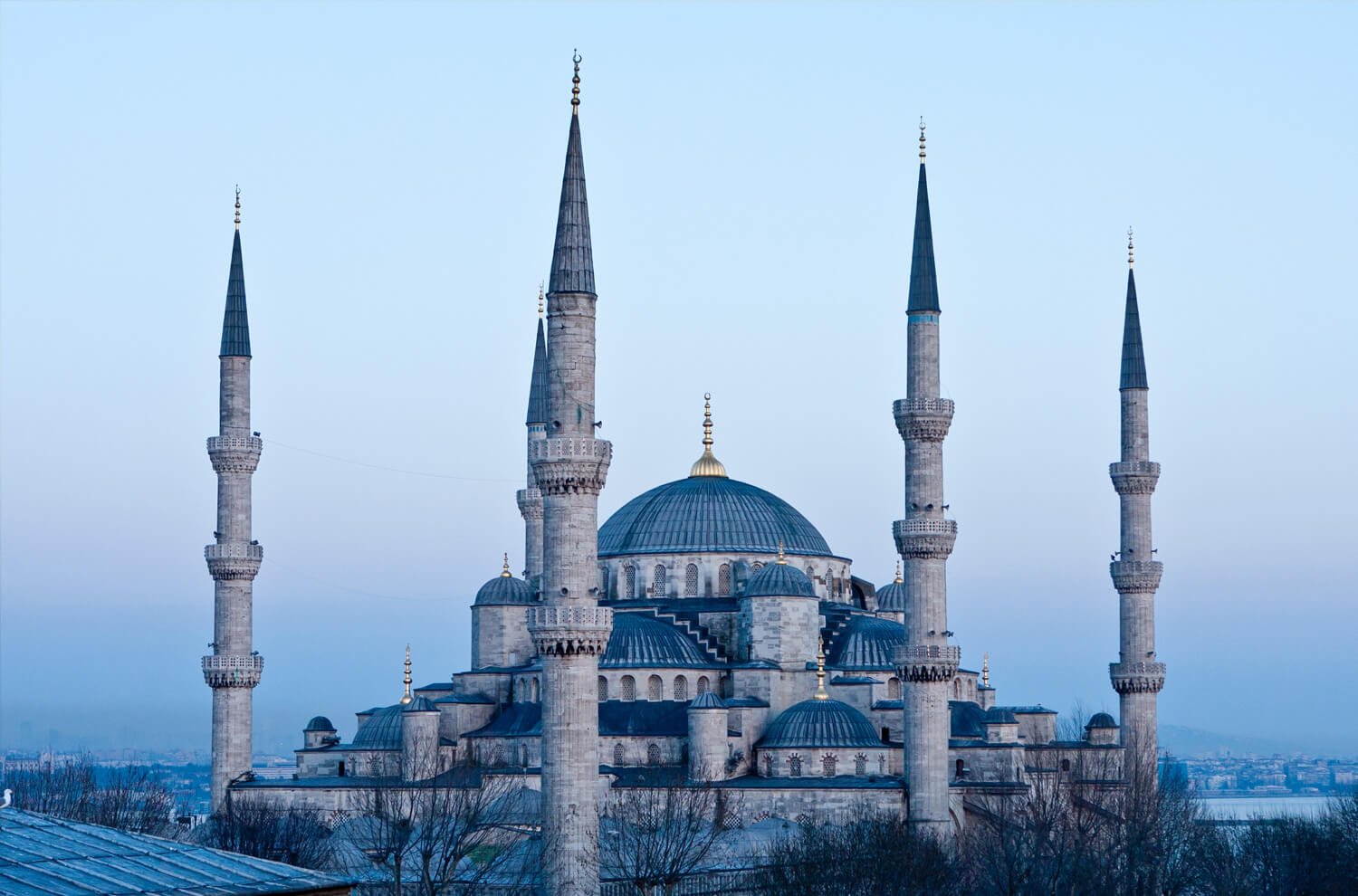
Located in the Sultanahmet neighbourhood, the Blue Mosque is open daily from 9 a.m. to 5 p.m. Entrance is free but is restricted during prayer service, especially on Fridays.
Dolmabahçe Palace

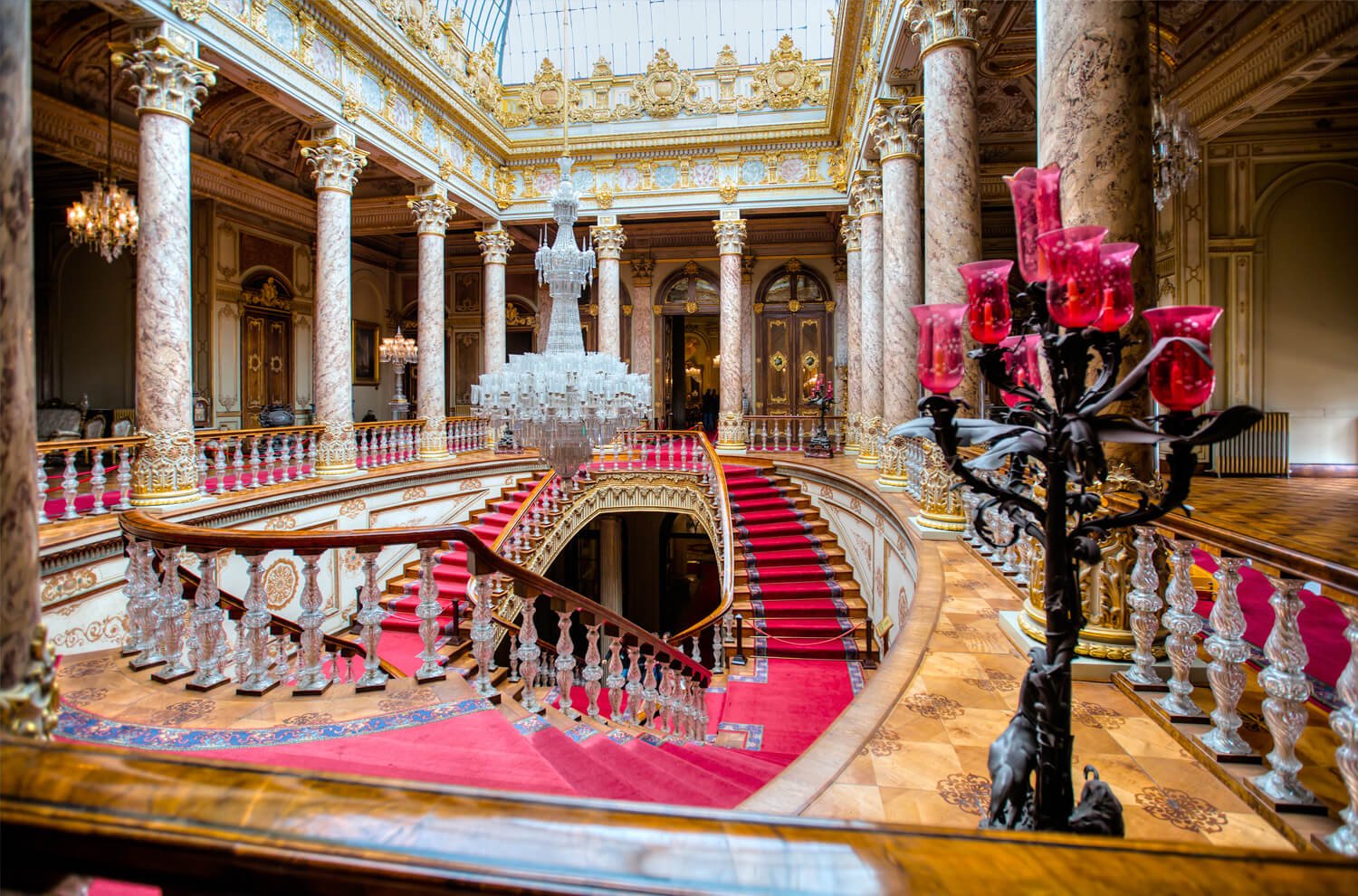
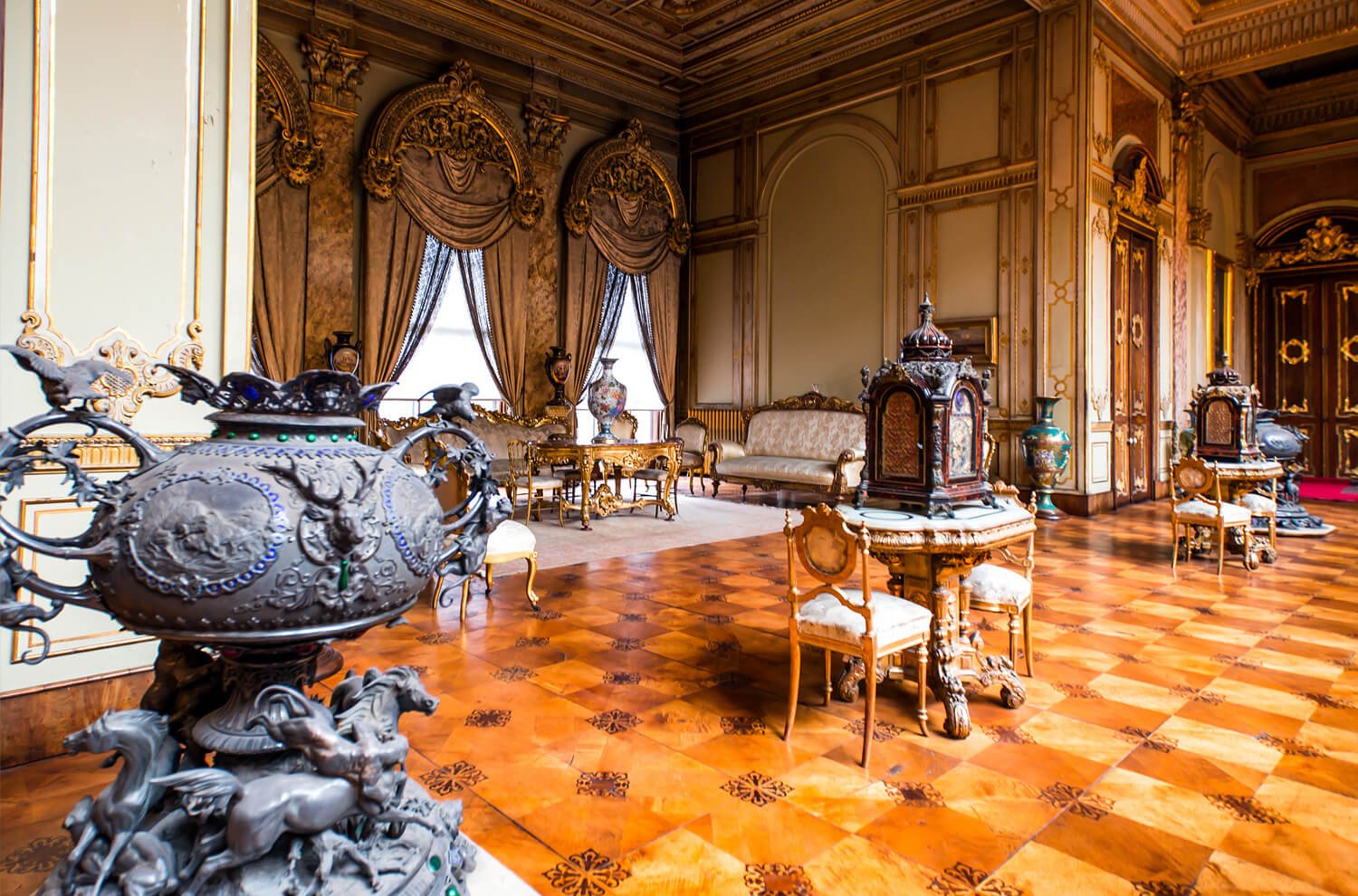
Grand Bazaar

The overhead signs show you the directions of the exits apart from telling your current location and direction of the street that you are in. Relax and enjoy the ambience, as you will eventually get lost. But don’t worry, the overhead signs will get you get you back on track. Crowds and tourists are natural magnets for pickpockets. Keep an eye on your belongings.
Topkapi Palace

The original Topkapi Palace was built between 1459 and 1465, closely following the conquest of Constantinople, by Sultan Mehmet II, and was known as the New Palace. Successive Sultans added to its architectural splendour resulting in the palace having four courtyards, quarters for about 5,000 full-time residents that included slaves, eunuchs and concubines, many of whom who have spent almost their whole lives within the four walls of this palace. The palace often was witness to bloodshed and drama, as the members of Sultan’s entourage schemed to advance their favourites, which sometimes led to the assassination of the Sultan himself. When SultanAbdülmecid I moved his court to Dolmabahçe Palace on the Bosphorus, the Topkapi palace was abandoned in 1856.
The First Courtyard, the main entrance, or the Imperial Gate, leads to the Court of the Janissaries, which was freely accessible to the general public of that time and a sort of assembly point. The grandeur of the palace can’t be missed once you pass through the Bab-us Selam (Gate of Salutation).
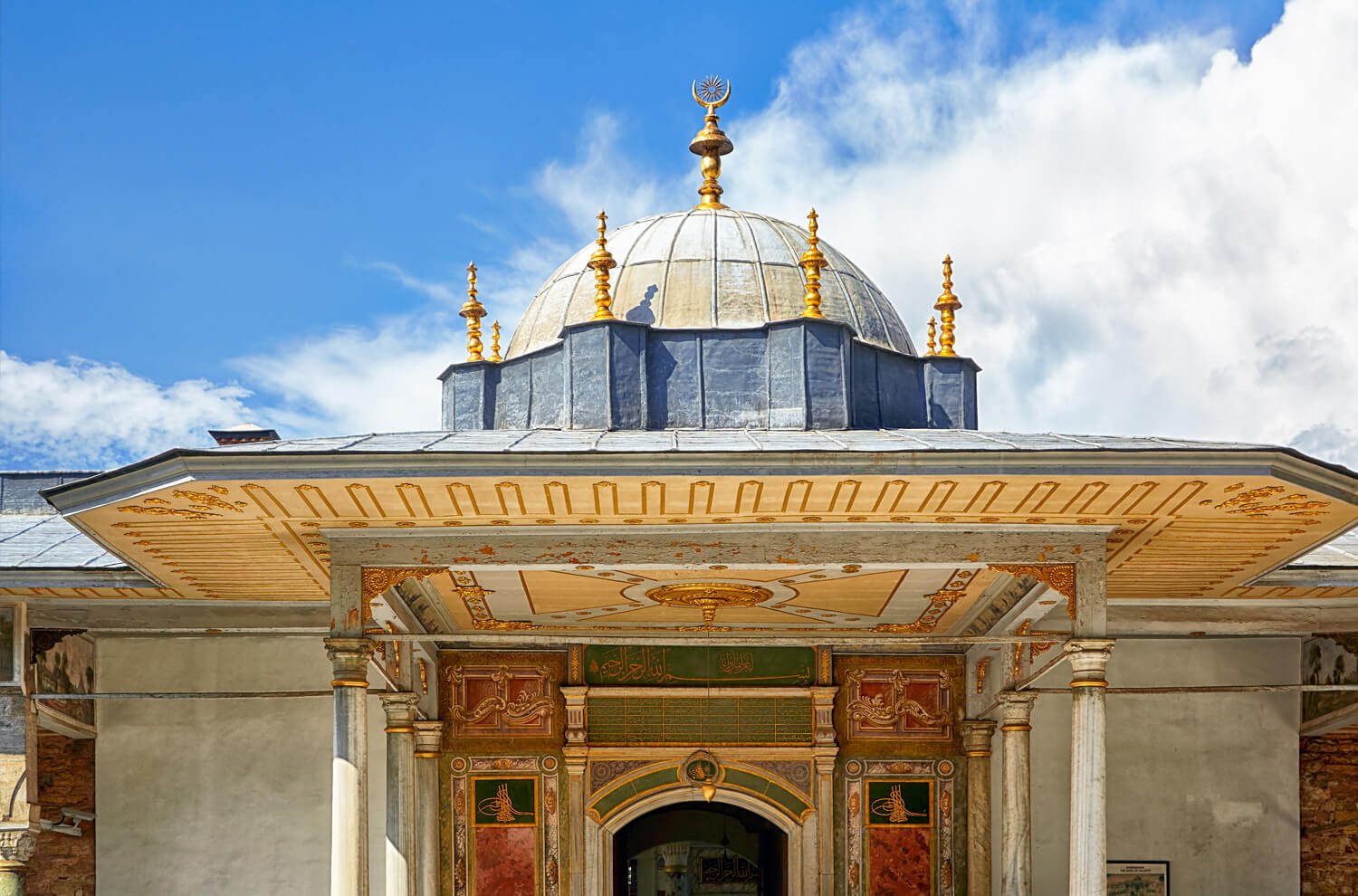

A maze of 400 halls, terraces, rooms, wings and apartments form the massive harem that surrounded the Sultan’s private quarters. The harem reflects the Orientalist fantasies of the Ottoman Empire, evoking exoticism. These slaves had suffered regimentation and even barbarity sometimes, as is evident in this enclosed enclave of about 40 harem rooms that are open to the public. A separate ticket has to be purchased to this visit.
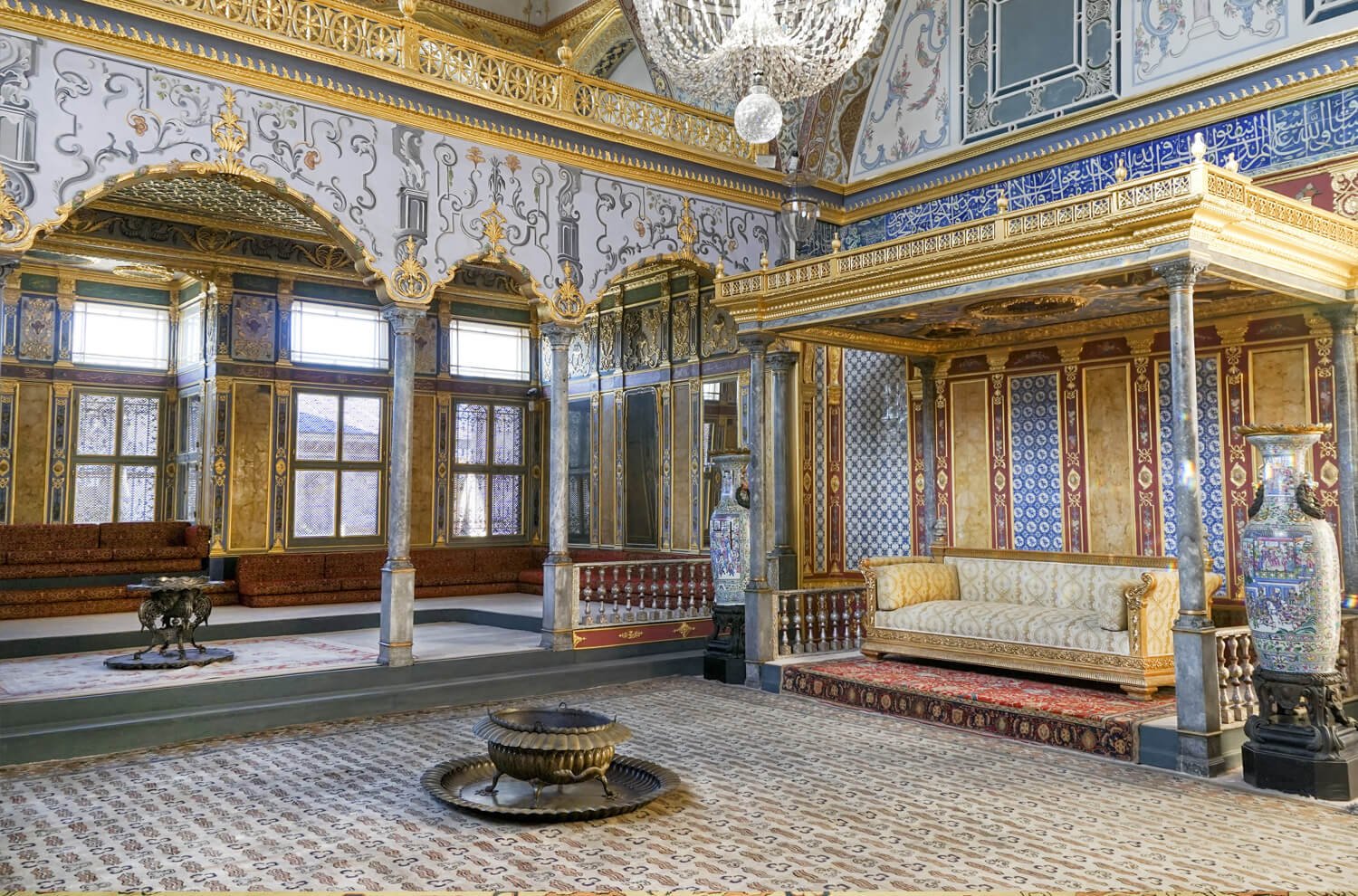
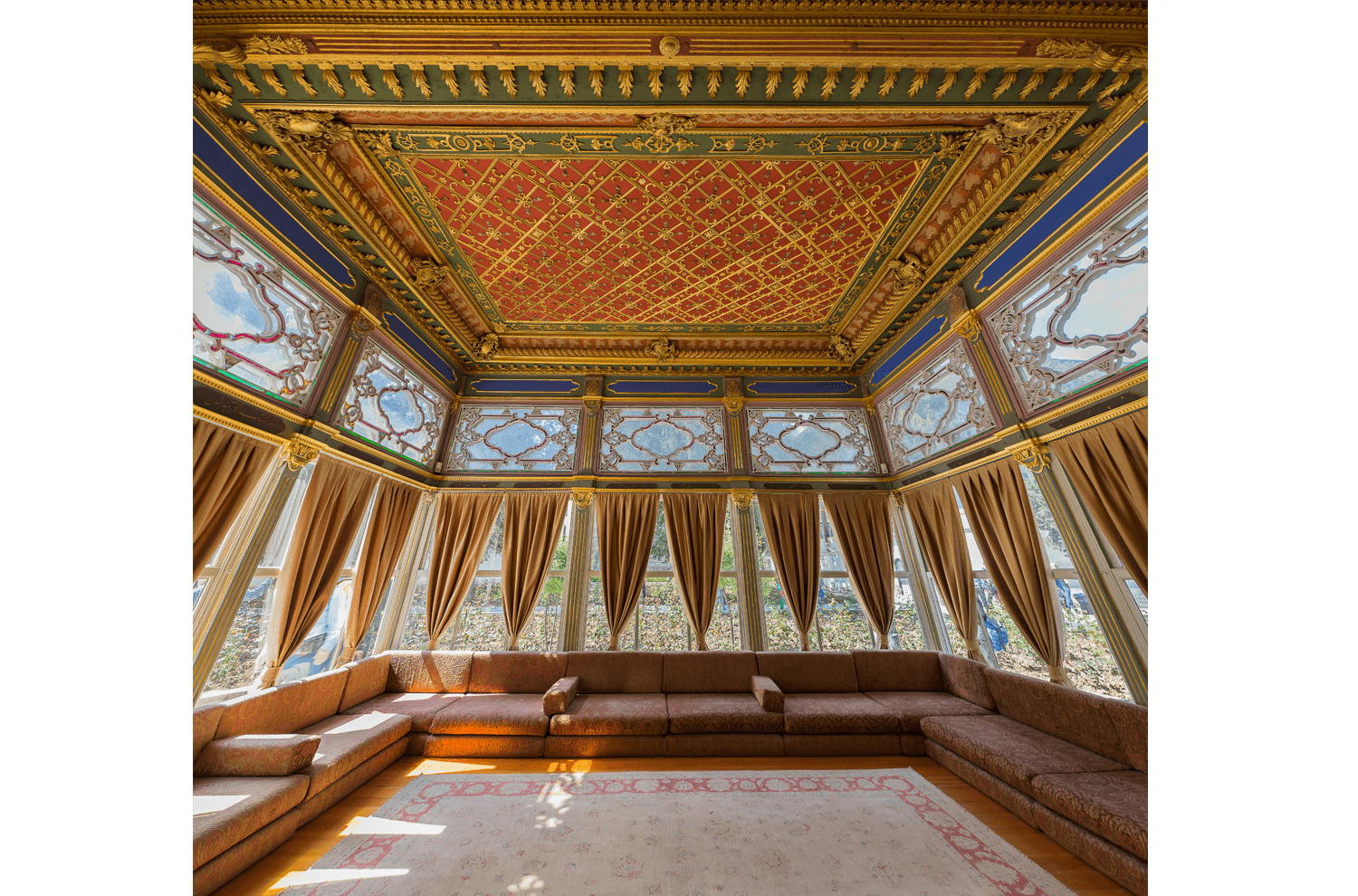
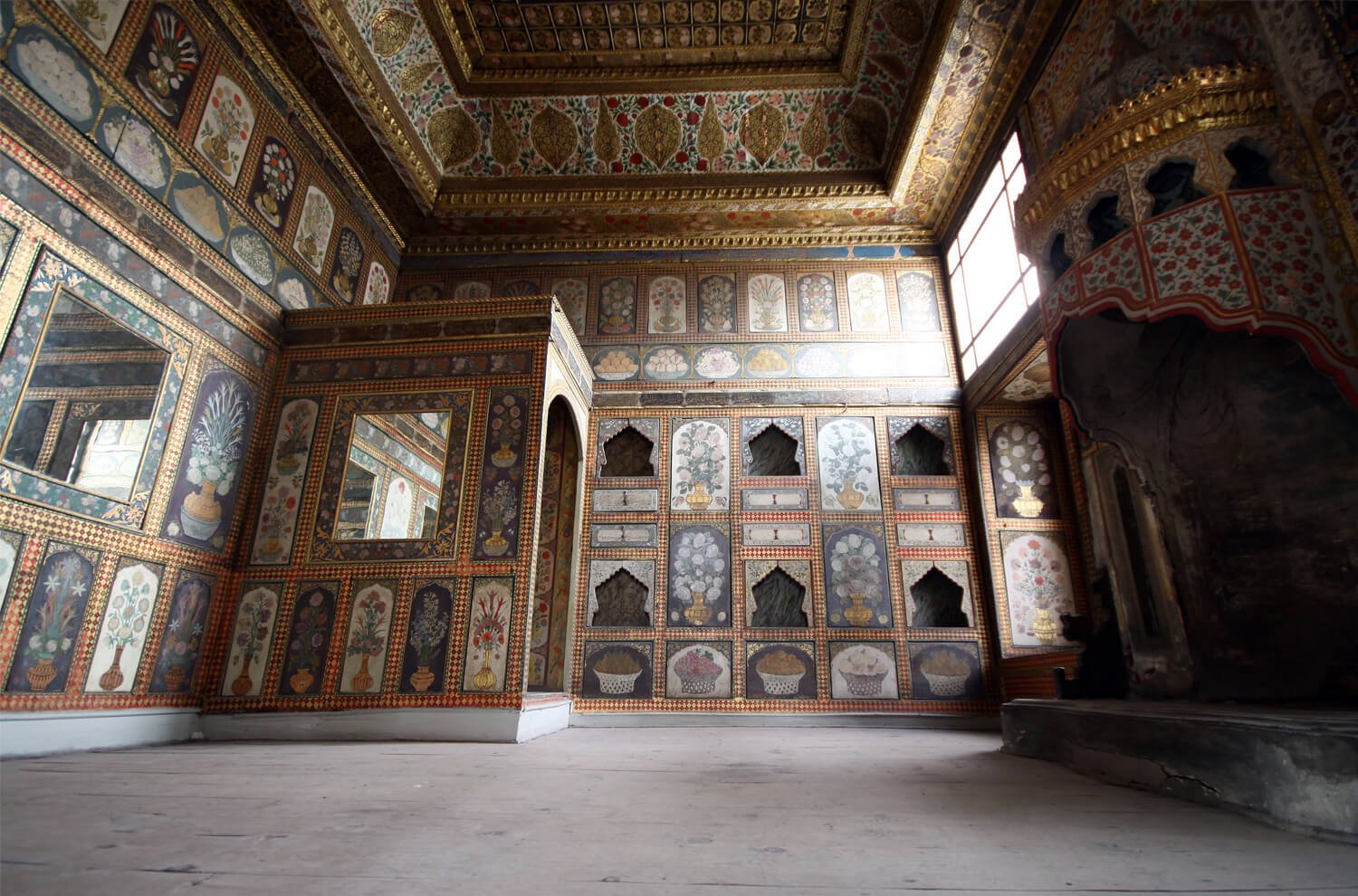
Next comes an open terrace, which was the fourth courtyard and the private area of the Sultan. Elegant pavilions, fountains, pools, mosques, are all scattered in the gardens overlooking the Golden Horn and Bosphorus.
Admission fee is $13 USD. The tour of the harem costs $10 USD more. The museum is open from 9 a.m. to 7 p.m. It is closed on Tuesdays.
Istanbul Archaeology Museum

The admission fee to the Istanbul Archaeology Museum is $8 USD. It is closed on Mondays and open the rest of the days from 9:30 a.m. to 5 p.m.
YerebatanSarnici

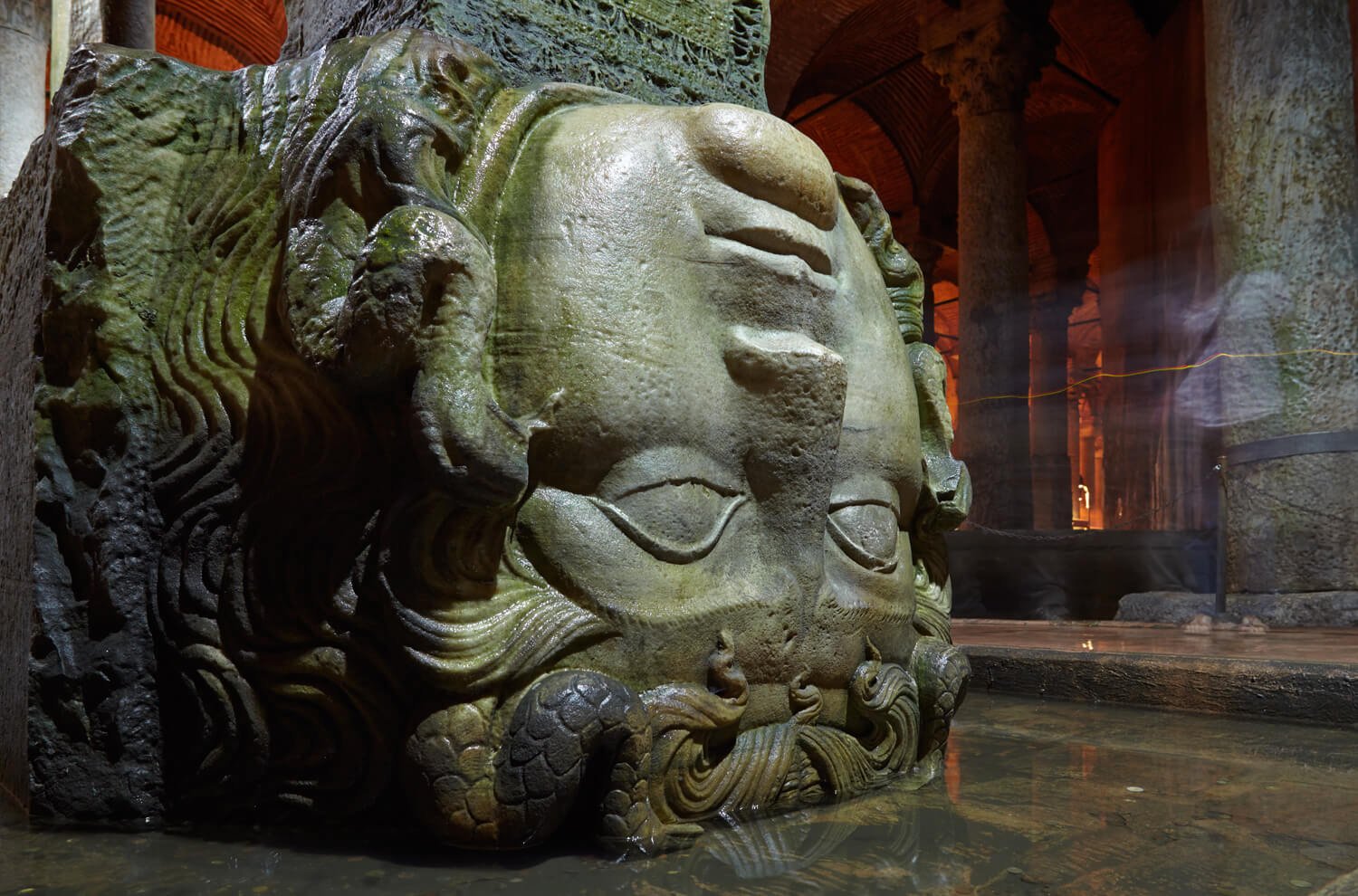
Church of St. Savior in Chora (KariyeMüzesi)
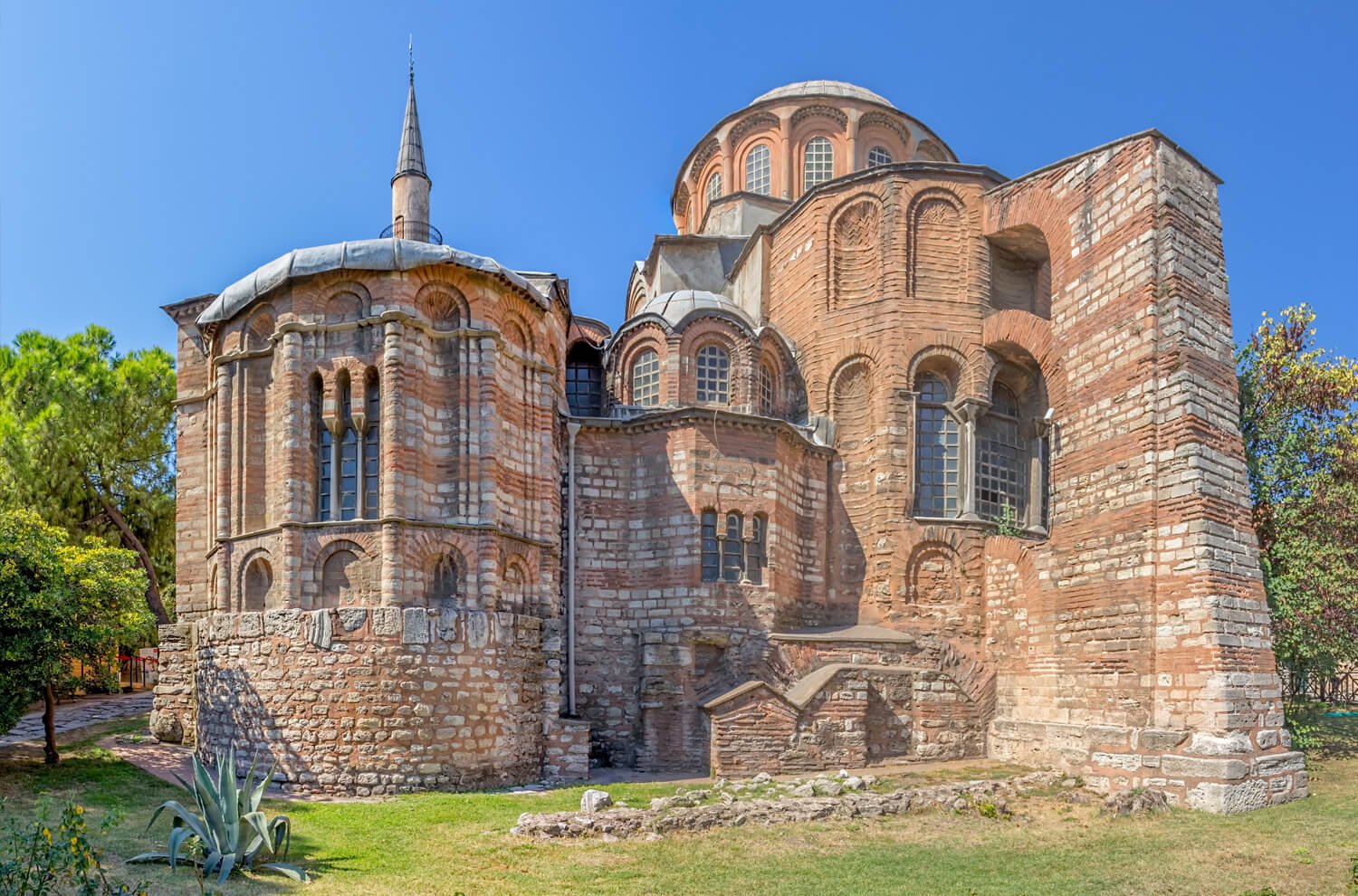

Located about 3 miles northwest of Sultanahmet, the museum is open every day, except Wednesday between 9:30 a.m. and 6:30 p.m. Admission fee is $6 USD. A taxi ride would cost about 10$ US and could be the best way to get here.
SüleymaniyeHamam

This bath is common for both genders. The masseuses (Tellak) are all male.
Lockable changing room, use of clothes or slippers for the baths and 1.5 hours of scrubbing and massaging, can all be availed for about $45 USD. The bath is open from 10 a.m. till midnight, daily. Last entry is closed by 10 p.m. Though reservation is not a must, calling ahead would assure you your slot.
Taksim Square

Once a traffic circle, with crazy traffic snarls and a public transportation hub, Istanbul’s largest public square is to be entirely pedestrianized, to create an open plaza. The traffic would be rerouted through underground tunnels.
CumhuriyetAniti, the Republic Monument, built to celebrate the creation of the Turkish Republic in 1923, is located at the western side of the square.
With a bus terminal and subway station, Taksim is one of Istanbul’s important transportation hubs.
Ortakoy


